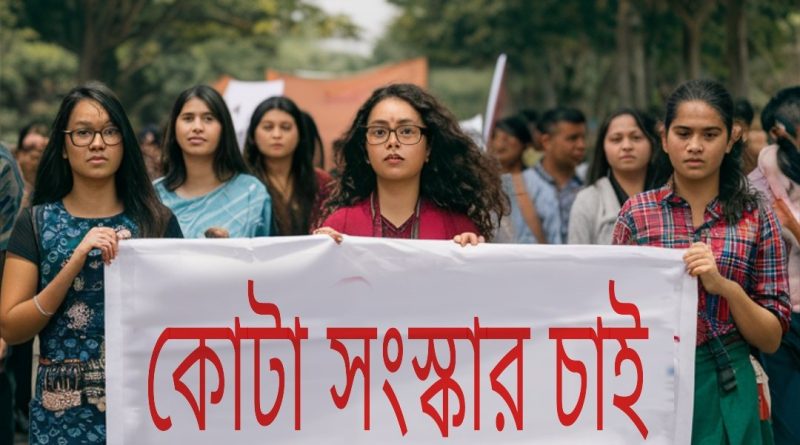Student Protests in Bangladesh: A Fight for Justice and Reform
Student protests have become a significant force in Bangladesh, driven by the demand for justice and reform. These protests have recently gained momentum, affecting several universities and drawing national and international attention.
Background of the Protests
The protests primarily revolve around the government’s decision on quota reforms in public sector jobs and education. Students argue that the existing quota system is unfair and limits opportunities for meritorious candidates. This sentiment has sparked widespread demonstrations across major universities.
Recent Developments
In the past few weeks, protests have escalated at Dhaka University, Jahangirnagar University, and Rajshahi University. Students have clashed with police and activists from the Bangladesh Chhatra League (BCL). Police have resorted to using tear gas and rubber bullets to disperse crowds, leading to injuries on both sides.At Rajshahi University, students confined the vice-chancellor, demanding the withdrawal of the university’s closure notice. The situation has become tense, with university administrations struggling to maintain order and address student grievances.
Government Response
In response to the growing unrest, Prime Minister Sheikh Hasina is scheduled to address the nation. This address is expected to outline the government’s stance on the quota reform issue and propose measures to resolve the conflict. The outcome of this address could significantly impact the future course of the protests.
Legal Implications
The legal landscape is also shifting, with the Appellate Division ordering three officials of Transcom Group to surrender within 72 hours. This development has added another layer of complexity to the already volatile situation.
The student protests in Bangladesh highlight the pressing need for systemic reform and justice. As the situation evolves, it remains crucial for all stakeholders to engage in constructive dialogue to find a peaceful resolution.

